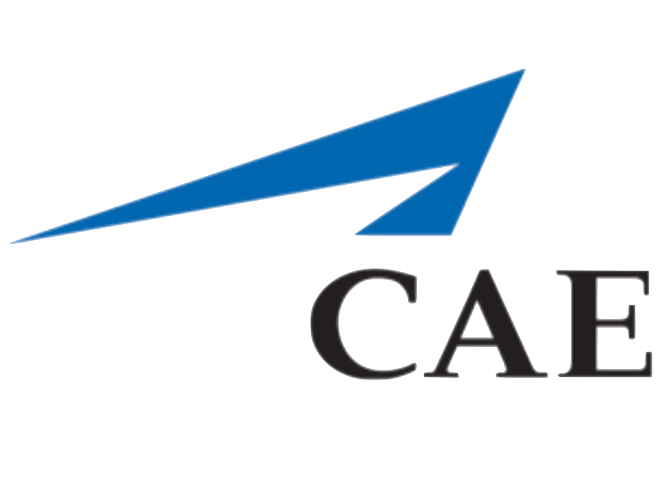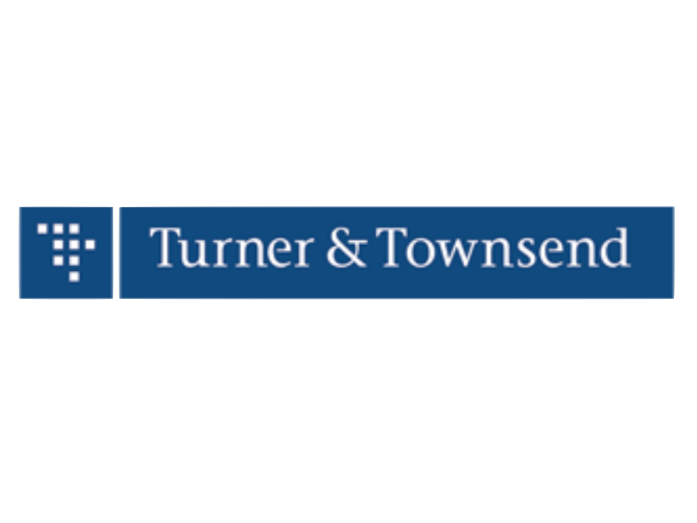Reporting allows organizations to reflect on progress and acknowledge performance gaps in relation to their goals.
Reporting allows organizations to reflect on progress and acknowledge performance gaps in relation to their goals. Internal and external reporting are transparency and accountability mechanisms that ensure businesses communicate successes and areas for improvement to stakeholders within and outside of the organization.
There are many advantages of internal reporting on gender equality progress, such as:
- Receiving more advantageous resource allocation from senior leadership or Board of Directors to support further integration of gender equality into the business model.
- Evaluating gender equality efforts in a less formal way with an internal audience to build capacity and support for these initiatives before sharing information publicly.
- Using the information compiled in your organization’s internal report as a strategic business tool (i.e. comparing your diversity and inclusion data to peers, monitoring how gender equality initiatives and practices have contributed to business performance over specific time periods, and identifying areas of improvement and success for future growth).
In addition, research demonstrates the numerous benefits of external reporting:
- Millennial investors are 65% more likely to consider a company’s environmental, social, and governance (ESG) factors, including diversity and inclusion efforts, when making investment decisions.
- When made aware of a company’s diversity and inclusion practices, customers are more likely to remain loyal. 87% of shoppers said they would pay more for a product from companies that practise gender equality.
- Investors are increasingly demanding more disclosure on gender from businesses to inform their decision-making. This is evident by the growing field of gender lens investing, which includes gender bonds and gender equality exchange-traded funds (ETFs). Additionally, companies that report on gender equality and score above a certain threshold can increase shareholder investment and boost their reputation when listed on gender equality or diversity and inclusion indices.
Success Factors for Reporting
- Proactively report your data, progress, and lessons to internal and external audiences. Don’t wait for incidents or legislation; begin the process by producing and transparently circulating internal reports and then branch out to external reporting.
- Ensure your internal and external reports are clear and concise. Focus on material information and be mindful of priorities to avoid information overload. Before sharing internally, review the section on internal communication in this Blueprint to help complement your reporting efforts.
- Be consistent when reporting quantitative data and metrics. Use established frameworks and benchmarks with clear data parameters, formulas, and explanations for external reporting, and present comparable data from previous reporting periods to facilitate the identification of trends in performance over time.
- Document qualitative information and initiatives relevant to the current reporting period to provide insight into actions, impacts, and potential opportunities rather than focusing on past accomplishments from previous reporting periods.
Good Practices in the Private Sector

CAE focuses on transparency and benchmarking to advance gender equality. Voluntarily disclosing information and progress related to gender equality, CAE achieved a place on Bloomberg’s 2019 Gender-Equality Index, and the Bronze-level certification from Women In Governance’s Parity Certification. The organization has also transparently communicated to external and internal stakeholders a number of short terms goals in order to increase accountability and evaluate progress, including: ensuring that women comprise 30 percent of Board members by 2022; ensuring women account for 30 percent of newly identified high-potential employees by 2023; and increasing the number of women employees by 10 percent by 2023.

TELUS has a robust external reporting process that explicitly includes information on gender equality in their annual Diversity and Inclusiveness Report and Sustainability Report. The Sustainability Report includes high-level qualitative information and detailed quantitative data that impacts gender equality guided by the Global Reporting Initiative (GRI) framework. The Diversity and Inclusiveness Report contains detailed qualitative information and high-level quantitative data. These publicly available reports are easily accessible for stakeholders and TELUS publicizes their releases through a promotional campaign to increase exposure and awareness. Proactively seeking internal and external feedback on the reports through presentations, review sessions, surveys, and analytics reports is also a key element of the reporting process.
Recommendations for Reporting
- Devise a plan for addressing negative or underwhelming data. Reporting is crucial even when data is not positive; stakeholders welcome proactive transparency.
- Include explanations for any topics linked to gender equality that internal and external stakeholders might expect to see but were omitted from your report.
- Research and understand existing external business reporting mechanisms and explore how gender data could be integrated to add value for report users.
- Distinguish between global actions and metrics and those that are regional or local. For instance, when reporting on representation figures, regional data may be more relevant.
- Use external assurance frameworks to enhance accuracy, credibility, and report quality. For example, Global Reporting Initiative (GRI), Sustainability Accounting Standards Board (SASB).
- Engage with a broad range of stakeholders throughout the internal reporting process to test the value of the information you will report on.
- Support leaders with talking points and tools on how to report to their business units or teams regularly.
Good Practices in the Private Sector

Turner & Townsend set the goal of achieving a 40:60 gender split between women and men across the entire businesses by 2025. To hold the organization accountable for meeting this target in Canada, Turner & Townsend has implemented an internal reporting system. The human resources department reports current representation figures at monthly operations meetings and these figures are discussed at each Board of Directors meeting. The internal reporting process breaks down representation across the globe so that Canada’s leadership team can see where they stand, as well as on the country level and regional level. The figures are shared with Turner & Townsend’s Employee Resource Group (ERG) focused on gender equality and there are plans to communicate the information across the organization more broadly.

In 2015, the Vancouver Airport Authority (YVR) set a target that would see 50 percent of management positions held by women. To meet this goal, YVR established a system of internal reporting beyond its compliance requirements as a federally regulated employer. Every six months, YVR issues a diversity scorecard tracking department-specific progress to its executive team. Hiring managers complete a “Diversity and Inclusion Hiring Form” and the president and CEO must approve the form for added accountability. In 2013, YVR reported that 31 percent of management positions were held by women and, by the end of 2018, the number rose to 44 percent. YVR anticipates reaching its target goal of 50 percent by the end of 2022.
Assess Your Organization’s Reporting
- Does your organization externally report on its gender equality performance and efforts (e.g. strategy, goals, policy, programs, initiatives)?
- Does your organization internally report on its gender equality performance and efforts (e.g. strategy, goals, policy, programs, initiatives)?
- Does your organization report (internally and/or externally) on quantitative data from current and previous years to allow for comparison (e.g. metrics related to representation, recruitment, retention, pay)?
- Does your organization report (internally and/or externally) on qualitative data from current and previous years to allow for comparison (e.g. metrics related to impact, corporate culture, inclusion, engagement)?
- Does your organization include gender-disaggregated data for key performance indicators (KPIs) in its reporting (internally and/or externally)?
- Does your organization include relevant narrative material (e.g. action plans to address underperformance, explanations of exclusions) to support data in its reporting (internally and/or externally)?
- Does your organization use established frameworks for external reporting that include components of gender equality (e.g. GRI, SASB)?
Support for the Private Sector
Indices have been created to help companies track or compare progress. The Bloomberg Gender-Equality Index, Thomson Reuters Diversity and Inclusion Index, and Equileap’s Gender Equality Indices are all useful tools to measure and report on gender equality indicators such as the wage gap, representation, employee benefits, and diversity and inclusion policies.


